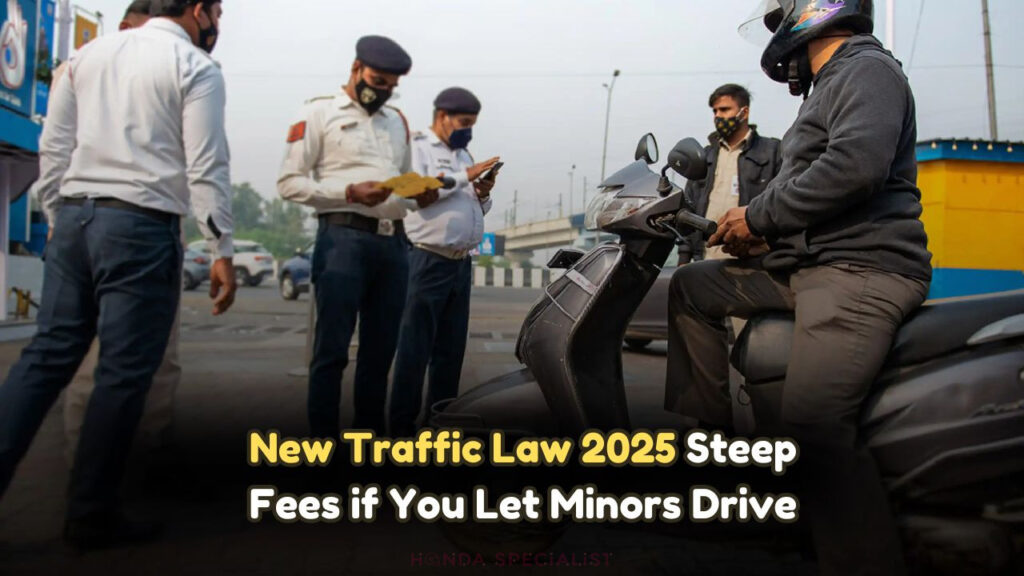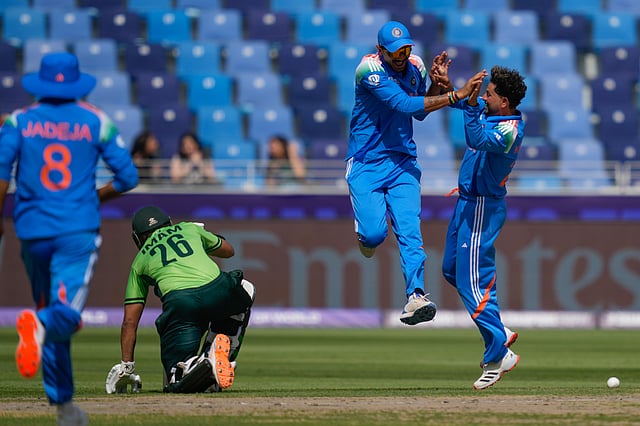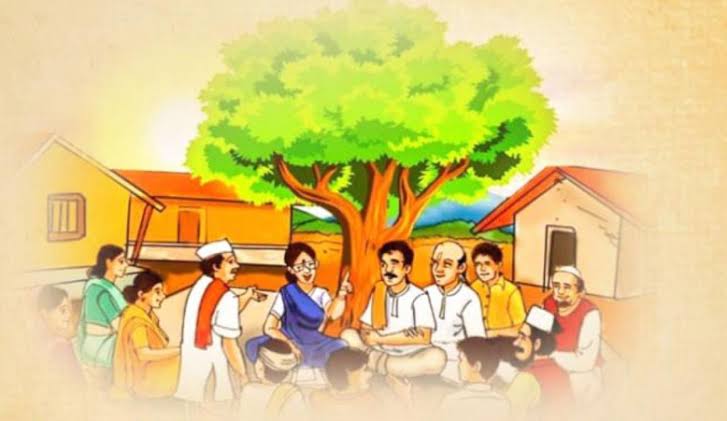
Attention Parents: New Traffic Laws Enforce ₹25,000 Fine for Minor’s Driving from Jan 2025!
Starting January 2025, new traffic regulations in India will hold parents accountable for their children’s driving behaviour. If a minor is found driving, the parents will face a hefty penalty of ₹25,000. This move is part of a broader initiative to improve road safety and tackle the growing problem of underage driving in the country.
Paraphrased Version:
Understanding the New Traffic Rules
India has seen a worrying increase in road accidents involving minors, leading the government to implement stricter traffic laws. These updated regulations are a direct response to the rising threat. The ₹25,000 penalty is intended not only as a punishment but also as a strong warning to discourage parents from letting their underage children drive. The Ministry of Road Transport and Highways has stressed that it is primarily the parents’ duty to ensure their children follow traffic laws responsibly.
Key Aspects of the New Legislation:
- Mandatory penalties for parents if minors are caught driving.
- Increased focus on road safety education in schools.
- Collaboration with local authorities to enforce stricter traffic controls.
- Regular awareness campaigns targeting both parents and young individuals.
- Introduction of technology-driven monitoring systems to track violations.
- Enhanced penalties for repeat offenders to instill discipline.
- Legal provisions for impounding vehicles involved in such violations.
Impact of the ₹25,000 Fine on Families and Society
The imposition of a ₹25,000 fine is expected to have a wide-ranging impact on families and society. For many households, this amount represents a significant financial burden, which serves as a strong motivator for compliance with the new laws. This legislative push is anticipated to foster a culture of accountability among parents, urging them to educate their children about the dangers of underage driving. Furthermore, it is expected that these measures will lead to a decline in road accidents involving minors, thereby enhancing overall community safety.
Projected Outcomes:
| Outcome | Details | Expected Impact |
|---|---|---|
| Reduction in Accidents | Fewer minors involved in road mishaps. | Improved road safety statistics. |
| Parental Responsibility | Increased awareness and responsibility. | Better monitoring of children’s activities. |
| Legal Compliance | Higher adherence to traffic rules. | Reduced legal violations. |
| Economic Consequences | Financial deterrents for non-compliance. | Stronger economic impact on offenders. |
| Behavioral Change | Shift in societal attitudes towards driving. | More responsible youth behavior. |
| Community Engagement | Increased participation in safety campaigns. | Collaborative community efforts. |
| Technological Aids | Implementation of monitoring systems. | Enhanced enforcement capabilities. |
| Policy Reforms | Revisions based on outcomes and feedback. | Continuous improvement in traffic laws. |
How Parents Can Prepare for the New Traffic Laws
As the enforcement date approaches, parents must take proactive steps to ensure compliance with the new traffic regulations. Educating children about the legal driving age and the associated responsibilities is crucial. Parents can lead by example by strictly adhering to traffic rules themselves, thereby instilling these values in their children. Additionally, engaging in open dialogues about the consequences of underage driving can foster a sense of understanding and responsibility among young individuals.
Steps for Parents:
- Discuss the new laws and their implications with your children.
- Set clear rules about driving only when legally eligible.
- Monitor your child’s activities and peer influences.
- Encourage participation in school-based road safety programs.
Anticipated Challenges and Solutions
The implementation of these new traffic laws is not without its challenges. Resistance from certain sections of society, particularly in rural areas where underage driving is more prevalent, is expected. To address these issues, the government plans to roll out extensive awareness campaigns and provide educational resources to communities. Collaborating with local leaders and influencers can also aid in spreading the message effectively and ensuring compliance.
Addressing Challenges:
- Conducting workshops in schools and communities.
- Providing resources in local languages for better understanding.
- Engaging with local law enforcement to ensure consistent enforcement.
- Offering incentives for communities with high compliance rates.
- Regular feedback mechanisms to refine and improve enforcement strategies.
| Challenge | Solution |
|---|---|
| Rural Resistance | Localized awareness programs. |
| Lack of Awareness | Comprehensive educational campaigns. |
| Enforcement Issues | Strengthening local law enforcement capabilities. |
| Language Barriers | Multi-language educational materials. |
| Socioeconomic Constraints | Financial aid and support systems. |
| Community Engagement | Involvement of local influencers. |
| Feedback Collection | Regular community meetings and surveys. |
| Policy Adjustments | Iterative policy adjustments based on feedback. |
Long-term Benefits of the Traffic Law Change
The introduction of these traffic laws is expected to yield several long-term benefits. By encouraging responsible driving habits from a young age, the government aims to cultivate a generation of conscientious drivers. This shift is anticipated to reduce the overall number of road accidents, contributing to safer communities and a decrease in the strain on healthcare services. Additionally, the financial deterrents associated with the fines can lead to more economically stable households by preventing unnecessary expenditures on fines and legal issues.
Expected Long-term Benefits:
- Decrease in road traffic accidents involving minors.
- Improved overall road safety and community well-being.
- Reduction in healthcare costs due to fewer accidents.
- Increased economic stability for families adhering to the laws.
Role of Technology in Enforcing Traffic Regulations
The effective enforcement of these new traffic laws will rely heavily on technological advancements. The government is considering the deployment of automated surveillance systems, including CCTV cameras and AI-based monitoring tools, to track and identify violations. These technologies can provide real-time data to law enforcement agencies, ensuring swift action against offenders. Furthermore, integrating such systems with existing traffic management infrastructure will enhance overall efficiency and accuracy in enforcing the laws.
Technological Innovations:
- Installation of surveillance cameras at key locations.
- Use of AI for real-time monitoring and data analysis.
- Integration with traffic management systems for comprehensive oversight.
- Development of mobile apps for reporting violations.
- Collaboration with tech companies for advanced solutions.
- Regular updates and maintenance of technological systems.
- Public access to certain data for increased transparency.
Frequently Asked Questions
What is the new fine for underage driving?
The new law enforces a ₹25,000 fine on parents if their minor children are caught driving.
When will the new traffic laws be implemented?
The laws will come into effect in January 2025.
Who is responsible for paying the fine?
Parents or guardians of the minor caught driving will be responsible for paying the fine.
How can parents ensure compliance with the new laws?
Parents can educate their children about the legal driving age and set strict household rules regarding driving.
What measures will be taken to enforce the new laws?
Enforcement will include awareness campaigns, surveillance technologies, and collaboration with local law enforcement agencies.

